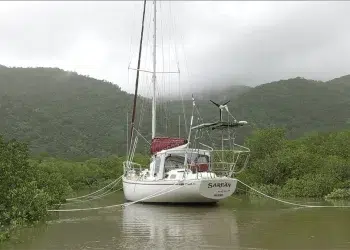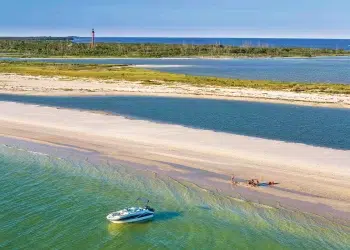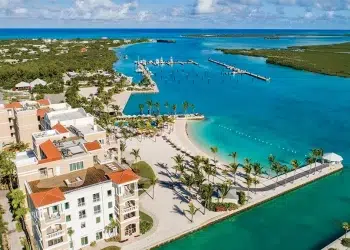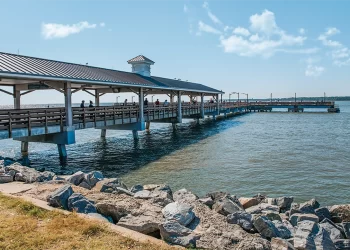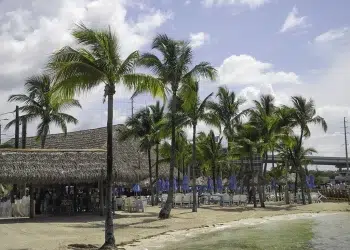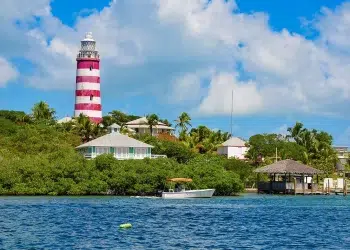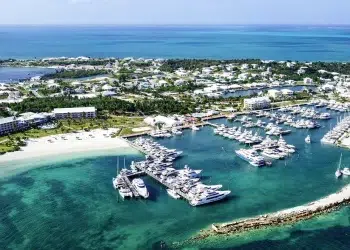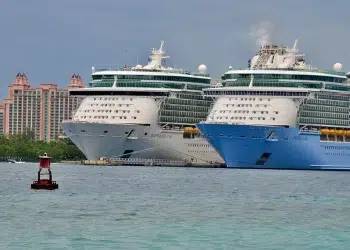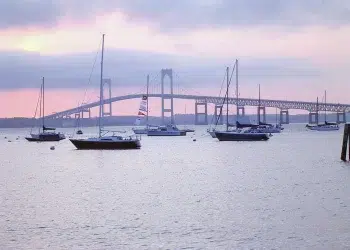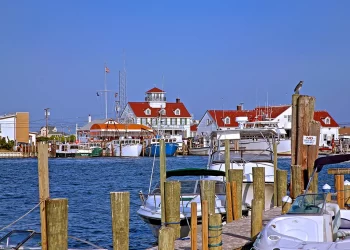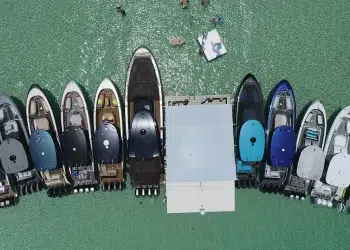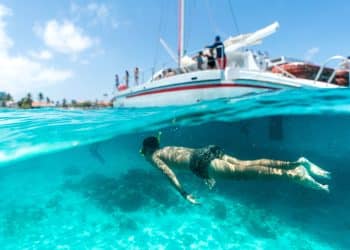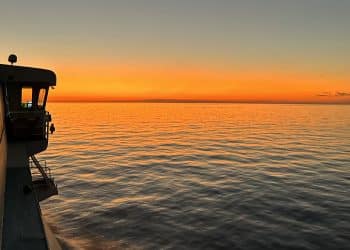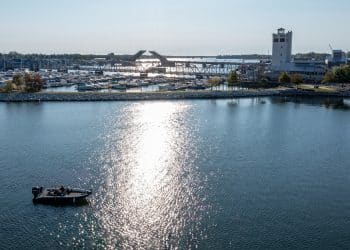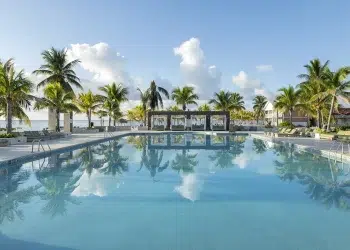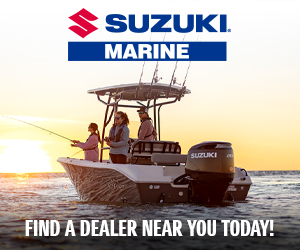Destinations
Destinations: Looking for information for your next cruising destinations? Whether you’re planning a sail in the Caribbean or summering in Newport, our destinations resources will help you plan the perfect excursion. Our expansive cache of destination information includes Monthly regional reports filled with seasonal tips and travel itineraries, Local knowledge on great boating locales, Cruiser resources—complete with photos, Insider tips, marina information and more!
How To Find A Hurricane Hole Along The East Coast
Find a spot along the East Coast to secure your boat if a storm threatens. Monitoring the weather is a necessity...
Read moreDetailsExplore Tarpon Springs: A Must-Visit Cruising Destination You’ll Love
Tarpon Springs Cruising- A guide to this Greek island town in Florida.One hundred-plus years ago, a Pennsylvania banker named John...
Read moreDetailsAn Expert Cruiser’s Guide To The Turks And Caicos Islands
The Turks and Caicos may just be a small archipelago, but there is so much to do.It’s easy to get to...
Read moreDetailsSt. Simons Island Boating: Embark on a Luxury Adventure
Cruising to St. Simons IslandSt. Simons Island, nestled along the southeastern coast of Georgia, is an idyllic haven for boating...
Read moreDetailsUltimate Boating Guide: A Week in the Florida Keys
Decide whether to take the inside or outside route before you go.It’s always smart to use a Florida Keys boating...
Read moreDetailsAn Abacos Boating Itinerary: New Adventures Await
A Week in the Abacos Plan your escape with the perfect Abacos boating itinerary for the busy boater who needs to...
Read moreDetailsDiscover Abaco Beach Resort: Have A Luxurious Bahamas’ Getaway
Abaco Beach Resort and Boat Harbour Marina A luxurious getaway in the Bahamas “The peak of the vacation season started early...
Read moreDetailsIsland Cruise: Explore Cruise Companies’ Exclusive Private Island Destinations
Exclusive Experiences: Cruise ship companies are offering private island cruises and excursions. What do actor Johnny Depp, illusionist David Copperfield,...
Read moreDetailsNarragansett Bay Cruising – A Complete Guide: Explore Newport, Providence & More
Narragansett Bay Cruising: A Boater's Paradise Boaters will find several stopovers with much to explore while cruising Rhode Island’s Narragansett...
Read moreDetailsExploring Jersey Shore: A Simple Cruising Guide Like No Other
Jersey Shore Cruising: a wide variety of activities and entertainment along the 100-plus miles of popular Atlantic coastline.Doo Wop, diners,...
Read moreDetailsThe Ultimate Adventure: Mystic Powerboats Owners Run 2023 in the Bahamas
Embarking on the 2023 Mystic Powerboats Journey: A Personal Experience On a crisp Wednesday morning, I found myself standing on...
Read moreDetailsDiscovering the Netherlands Antilles Islands: A Unique Hidden Gem
The Netherlands Antilles islands—Aruba, Bonaire, and Curacao (called the ABCs)—are among the southernmost of the Caribbean islands. Their position at...
Read moreDetailsWhat Happened to Grand Bahama?
I have never been to Grand Bahama, well, except when I did a yacht delivery and stopped at West End...
Read moreDetailsHow to Explore Door County Wisconsin Where Adventure & Fun Await!
An Open Door Step into Door County Wisconsin’s “thumb” where history, beautiful landscapes, and awesome food make it worth the...
Read moreDetailsThe Grand Bahama Recovery: Now Back to Thriving Tourism
What About Grand Bahama? The northern Bahamas island is alive and well. Many know how Hurricane Dorian ravaged the Abaco and Grand...
Read moreDetails

